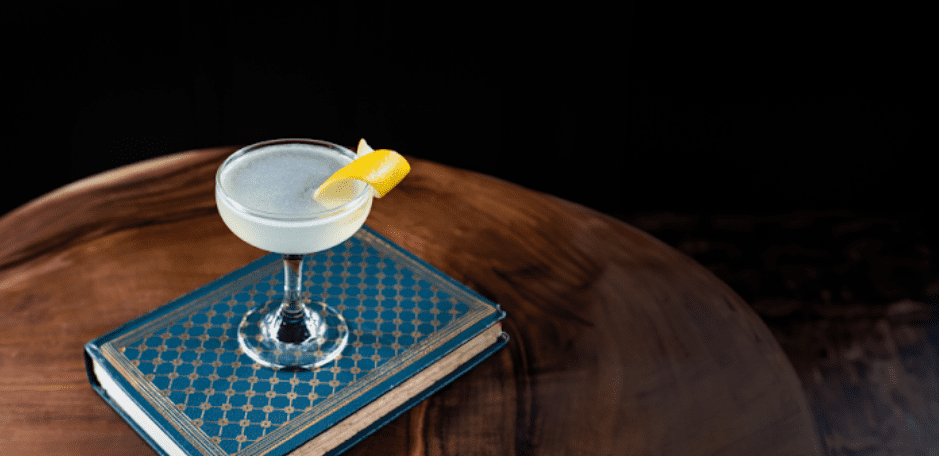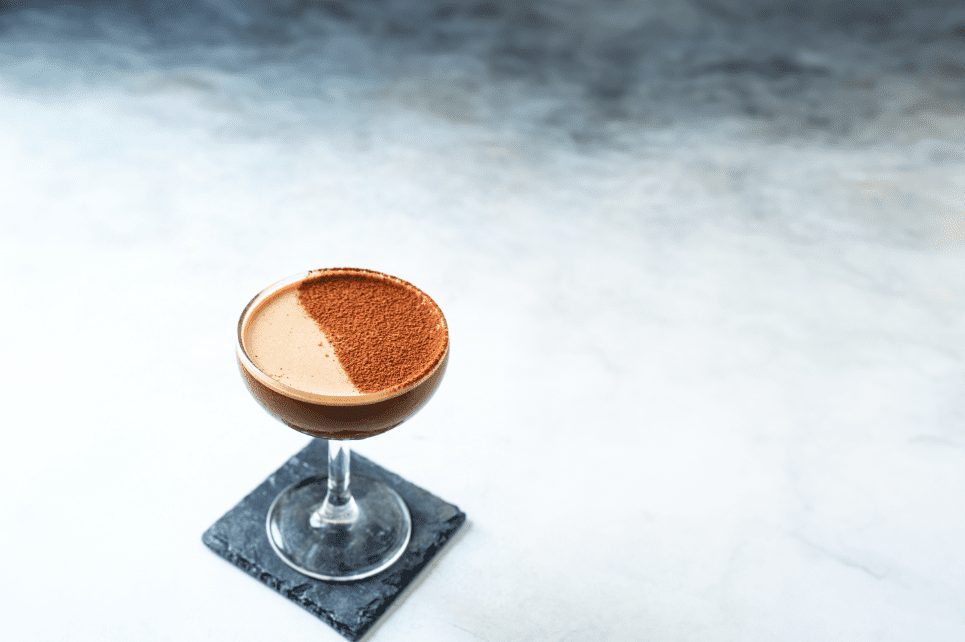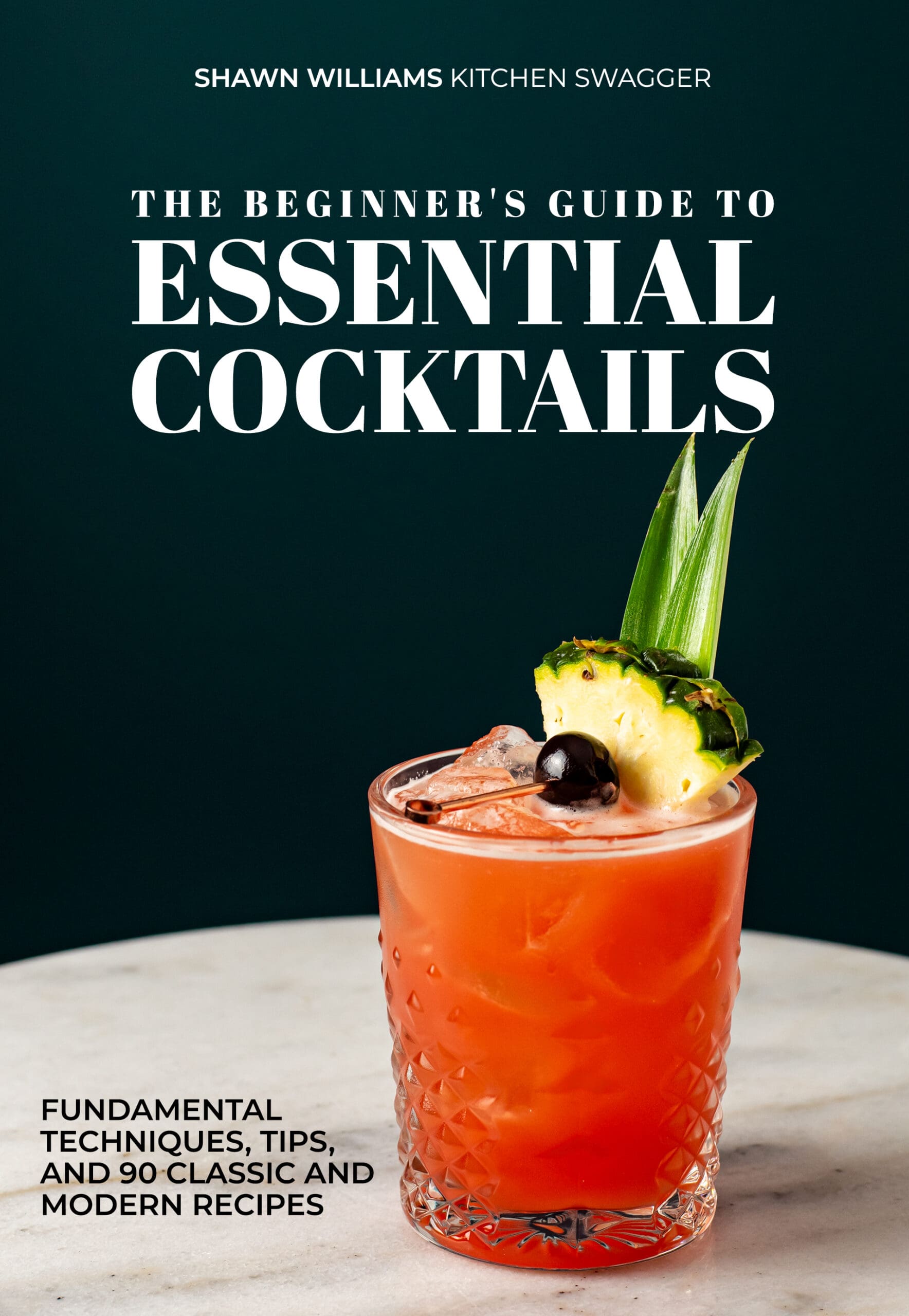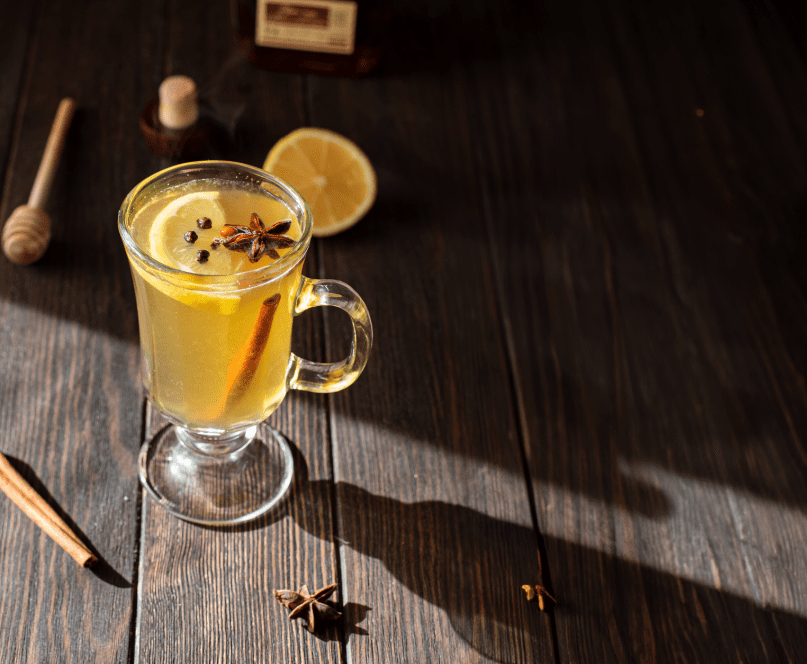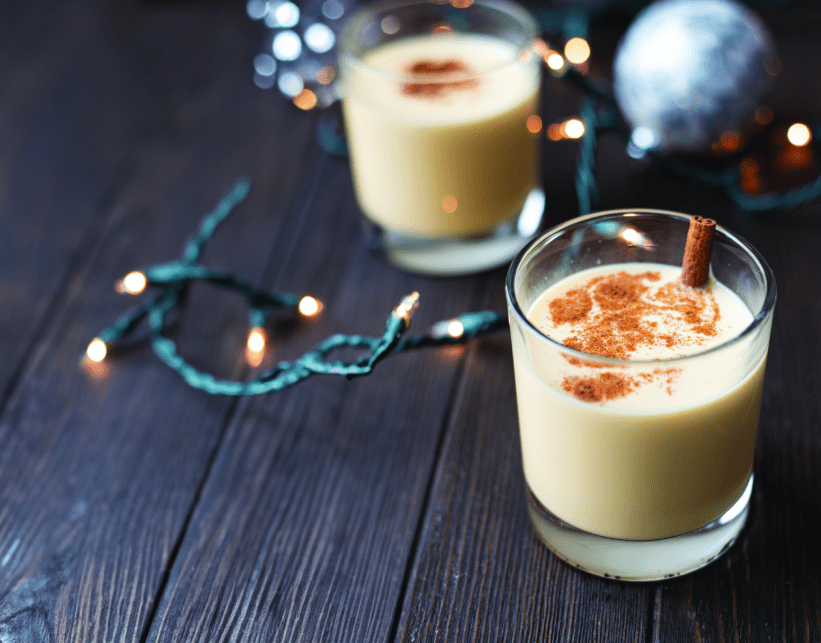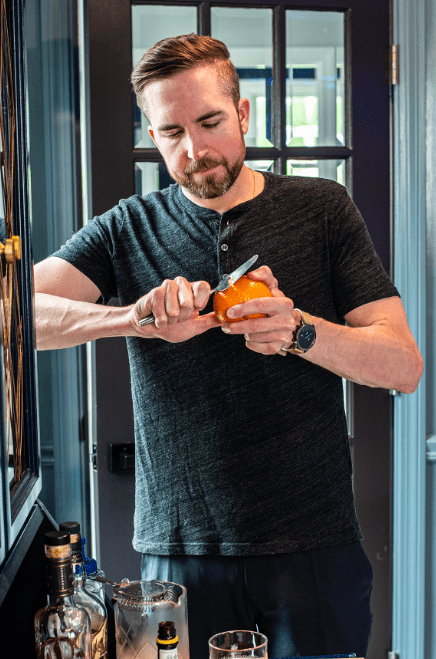Food blogger Shawn Williams shares a few of his favorite drink recipes from his new book, “The Beginner’s Guide to Essential Cocktails.”
BY MARIA ALLEN
RECIPES AND PHOTOS BY SHAWN WILLIAMS
No matter if you’re hosting a festive family gathering or relaxing at home by a crackling fire, there’s something undeniably cozy about enjoying a well-crafted cocktail in the wintertime. Thankfully, you don’t have to be a master mixologist to prepare popular bar drinks like a pro.
Earlier this year, South Shore food and drink blogger Shawn Williams published his debut book, “The Beginner’s Guide to Essential Cocktails.” Over the years, Williams has tested and tweaked many classic cocktail recipes for his website, Kitchenswagger.com. His book features a compilation of 90 classic and modern cocktail recipes, including helpful tips, must-have bar tools, and interesting facts about the origins of each drink.
“As a home bartender, I set out to create a beginner’s guide to crafting delicious cocktails you can make at home without a lot of time and effort,” says Williams.
What follows is a sampling of a few recipes from Williams’ book that are perfect for warming up on a winter day. To purchase a copy of The Beginner’s Guide to Essential Cocktails, visit kitchenswagger.com.
Chocolate Espresso Martini
This is the ultimate dessert cocktail that’s fit for any nightcap. My version is made with vanilla vodka, coffee liqueur, espresso, and chocolate liqueur. It’s creamy, delicious, and has just enough chocolate to curb any cravings. The best part? You don’t need an espresso machine. This cocktail can be made a few different ways depending on what spirits you have in your home bar. The base Espresso Martini is made with vanilla vodka, coffee liqueur, and espresso. This variation can be served as is for a traditional Espresso Martini.
For a chocolate twist, I will also add crème de cacao or chocolate liqueur and an optional splash of cream. This will transform the drink into a rich dark chocolate concoction, also known as the Chocolate Espresso Martini. If you’re an espresso aficionado, instant espresso will likely not fit the bill. Since this recipe has so many competing flavors, the espresso tends to take a back seat, making instant a viable alternative.
INGREDIENTS
(Makes 1 Cocktail)
- 1 1/2 ounces vanilla vodka
- 1 ounce espresso (fresh or instant)
- 1 ounce milk chocolate liqueur or crème de cacao
- 3⁄4 ounce coffee liqueur
- 1⁄2 ounce light cream or half and half (only needed if using dark chocolate liqueur)
Espresso beans or cocoa powder for garnish
INSTRUCTIONS
1. Combine vodka, chocolate liqueur, coffee liqueur, espresso, and optional cream in a shaker.
2. Add ice, shake, and double strain into a chilled coupe glass.
3. Top with an optional dusting of cocoa powder or garnish with espresso or coffee beans. Use a straight edge or piece of firm paper to only coat half of the cocktail as pictured. I use my double strainer to create a dusting of cocoa powder.
TIP: SHAKING VS. STIRRING
As a general rule, stir a cocktail containing all clear spirits and shake a cocktail containing fresh citrus, egg, cream, or opaque ingredients. Some cocktails come down to preference. I typically use a solid cup full of ice when mixing drinks. More ice equals rapid chilling with less dilution, which is better if your ice is lower quality. If you’re serving over ice, it’s important not to over-shake/stir because the drink will continue to dilute in the glass. I recommend a 7-10 second shake or 12 rapid stirs as a ballpark.
Tools of the Trade
Making great cocktails comes down to the right techniques, quality ingredients, and proper measurements. You don’t need to spend a lot of money on equipment and you don’t need top- shelf spirits. Here are my must-have bar tools and game-changing tips I’ve learned along the way.
FINE MESH STRAINER
Bar spoons are long cocktail utensils that make stirring cocktails almost effortless. Look for one 12+ inches long for easy handling. These are occasionally used for measuring small ingredients like simple syrup.
A handheld citrus squeezer makes for easy lemon and lime juicing. While bottled shortcuts are convenient, fresh citrus makes a huge difference in terms of freshness and authentic flavor. Look for a stainless steel citrus squeezer because painted ones will eventually peel and chip. Note: the cut side of the lemon/lime should always face down when using.

BAR SPOON
A mesh strainer removes fine particles, herbs, or citrus pulp from a finished cocktail, improving appearance and texture. Shaken cocktails also produce tiny ice shards that will dilute your cocktail as you sip. A shaken cocktail ‘served up,’ will always benefit from double-straining through a fine mesh strainer.
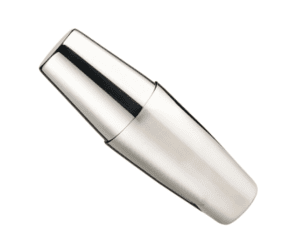
BOSTON SHAKER
One of the most popular and trusted cocktail shakers is the Boston shaker. It consists of two metal cups and usually comes with a strainer. I recommend one without glass (two metal canisters). Glass risks shattering and is more difficult to separate once tightly sealed.

DOUBLE JIGGER
A standard jigger consists of two measuring sides. The larger side is 2 ounces and the smaller side is 1 ounce. As a bonus, look for a jigger with incremental markers for 1⁄2, 3⁄4, and 11⁄2 ounces. Just to note, a jigger should always be filled to the very top for a full 1 or 2-ounce measurement. If you can find a jigger with 1⁄4 ounce markings, that’s even better. Don’t settle for a “shot glass” because they’re typically 11⁄2 ounces and difficult to eyeball.
CITRUS SQUEEZER
A handheld citrus squeezer makes for easy lemon and lime juicing. While bottled shortcuts are convenient, fresh citrus makes a huge difference in terms of freshness and authentic flavor. Look for a stainless steel citrus squeezer because painted ones will eventually peel and chip. Note: the cut side of the lemon/lime should always face down when using.
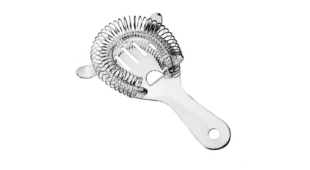
HAWTHORN STRAINER
A Hawthorn strainer is a flat, perforated metal disc with a handle, surrounded by a coiled wire or spring that fits over the mouth of a shaker or mixing glass. The perforations allow liquid to pass through while trapping larger solids.
MIXING GLASS
A mixing glass is a glass cylinder with a spout for easy pouring. These are best used for stirred cocktails. Glass is a better insulator than metal, meaning it chills cocktails quicker, allowing superior dilution control. I recommend a mixing glass if you’re serious about making cocktails.

MUDDLER
A muddler is designed for smashing fruit and herbs. It’s especially useful in Mojitos. I prefer a metal muddler for easy cleaning. Longer muddlers are easier to use in deep shakers.
Y-SHAPED PEELER
A Y-peeler is great for making citrus peels for garnishes and expressing over drinks. An even safer option is a handheld cheese slicer. Take care not to cut too deeply into the pith (the spongy white lining) because it can make the peel more difficult to work with. Citrus oils add an intense aroma to cocktails.

